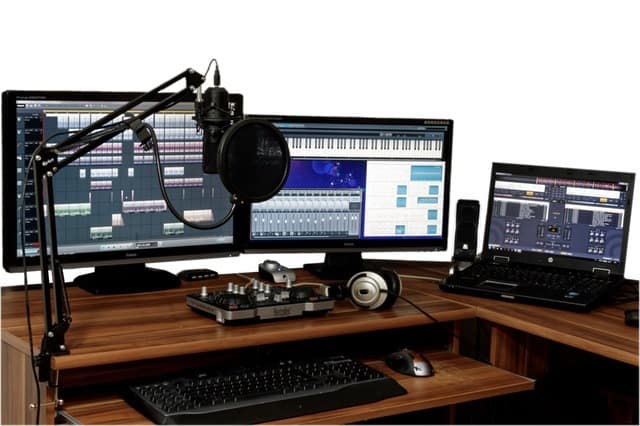Siloing refers to the problem of each software tool standing alone with minimal connectivity with other tools. Integrating the different “software silos” is complex and fraught with problems. The alternative is unified software, using a single platform or tool suite that seamlessly works as one system to design your product. Here are the benefits of unified software in printed circuit board design.
Simplified Security
Every software application is another set of accounts to administer. Every server on which the data resides and that users can log in to is a place where the enemy can hack their way in and steal critical business files, or lock up the data in exchange for ransom. If you have a single, unified software suite such as Protel PCB design software from Altium, you only have to maintain and protect one software suite. You also eliminate the risk that someone gets locked out of mission critical software because they confused their login credentials. You gain tighter control over access to data and permissions if you only have to maintain users on a single system.
Reduced Resource Allocation

Supporting a software application requires people, server space and bandwidth even if it isn’t used very heavily. The cost of a big corporation supporting a dozen or more applications instead of a single PCB design suite is several times the cost of the unified software suite. And that cost is paid in the inefficient use of resources like servers and system administrators’ time as well as the cost of all those software licenses.
Quality
One of the risks you take when people design different sections of a product in different software applications is that they don’t all stay in sync. Architectural design verification is its own niche because different vendors are designing the structure, laying out the wiring and planning the plumbing locations. They may all be trying to use the same space to contain their own infrastructure. Architectural design verification reviews bring together all of the different vendors’ drawings and models to look for these interference points. You have to do the same thing with your own designs if you aren’t using a unified software solution for your PCB design. And that is aside from the risk that one group ends up working off of old drawings or specification documents because of the delays that come from data imports and exports. The data quality goes up and the risk of wasted time and effort working off an old revision go down when you’re all literally on the same page. Or, in this case, PCB model.
As you can see, unified software has many advantages that shouldn’t be overlooked. It simplifies IT security, reduce resource allocations and typically reduce your overall costs. The quality of your team’s work goes up because you can automatically verify designs as files are checked in instead of waiting for a drawing checker to look for interference points. Simulated testing and analysis are easier to perform early and often in the design phase when you’re working from a single, unified product design suite.

